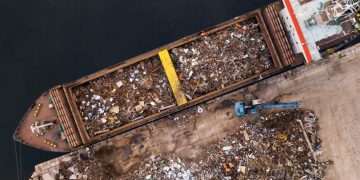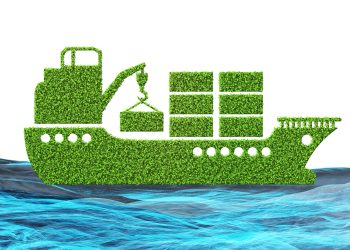The recently adopted implementing rules for the Fuel Quality Directive (FQD) include the possibility for fuel suppliers to use upstream emissions reductions (UERs) to reach the 6% decarbonisation target. Transport & Environment (T&E) has issued a briefing including recommendations for European Commission guidelines on UERs under the FQD. It outlines how the rules are vague and, without robust guidance by the European Commission and restrictions by member states, there is a risk of double counted and non-additional offset credits being used for compliance, seriously undermining the FQD’s effectiveness.
On the basis of an analysis conducted by Carbon Market Watch , T&E would recommend that the European Commission and member states implement the upstream emission reductions in the following way:
1. Ensure additionality by requesting supplementary additionality assessments to prove that reductions are additional to a business-as-usual scenario. The additionality analysis should take into account national policies (the project is not required under local laws or regulations), financial revenues (the project is not financially attractive without credit support) and initiatives such as the Global Gas Flaring Reduction Partnership.
2. Avoid double counting between member states, between the EU and third countries, and between the FQD and the EU emissions trading system (EU ETS). This could be partially achieved through the establishment of a central European database set up and administered by an independent EU body.
3. Limit eligible offsetting schemes to CDMs in LDCs. This would align the FQD rules with the ETS where clean development mechanism (CDM) credits from projects starting after 2012 can only be used if located in ‘least developed countries’ (LDCs). This option would limit the number of eligible projects but could still provide a significant number of emissions cuts. For example, a project in Angola for capture and utilization of associated gas could generate almost 14 million carbon offsets a year, when the UER demand to reach the FQD target at EU level is around 8 million.
4. Exclude credits from JI and unconventional oil projects (tar sands, oil shale, coal-to-liquid, gasto-liquid). All registered joint implementation (JI) Track 1 projects to reduce flaring have been registered in Russia, with very limited transparency, no international oversight and very low environmental integrity. Questionable projects related to tar sands extraction could also be eligible, while higher emissions associated with tar sands imports and other unconventionals to the EU are not accounted for under the FQD rulesiv.
5. Only recognise projects with high environmental integrity, with a primary focus on flaring and venting. The FQD rules permit the accounting of emissions reductions happening prior to crude oil entry in the refinery but there is already sufficient mitigation potential to reduce emissions from flaring and venting solely. Currently, the flaring of natural gas releases over 400 million metric tonnes of CO2e emissions globally every year. In addition, without further environmental safeguards, some questionable projects such as the building of a road to a tar sands facility in Alberta could end up being eligible under the FQD framework.
6. Prevent the accumulation of credits over several years. The FQD decarbonisation target covers reductions happening in 2020 only. Reductions happening over several years before 2020 should not be taken into account.
7. Require full transparency from fuel suppliers about the issuance year, quantity, type, serial number and origin of offsets used, and make this information publicly available.
Source: Transport & Environment
In the outbreak, I was frank with you propecia before and after has changed my being. It has become much more fun, and now I have to run. Just as it is incredible to sit.






























































